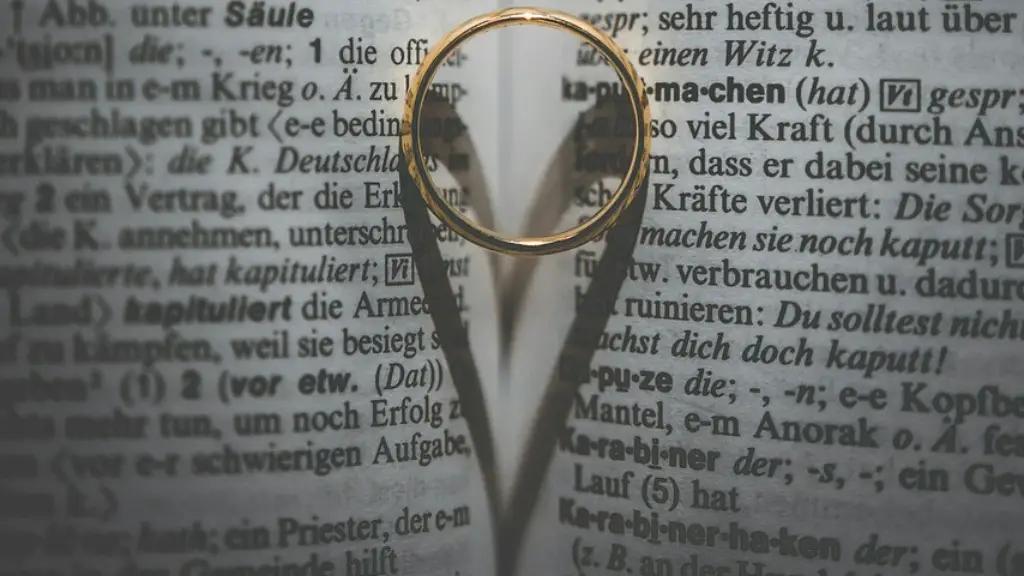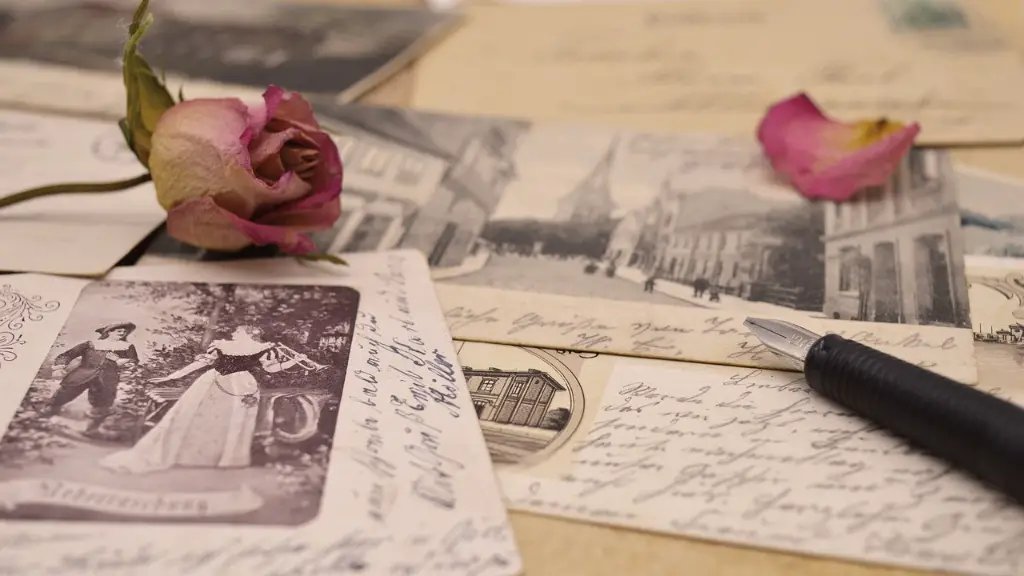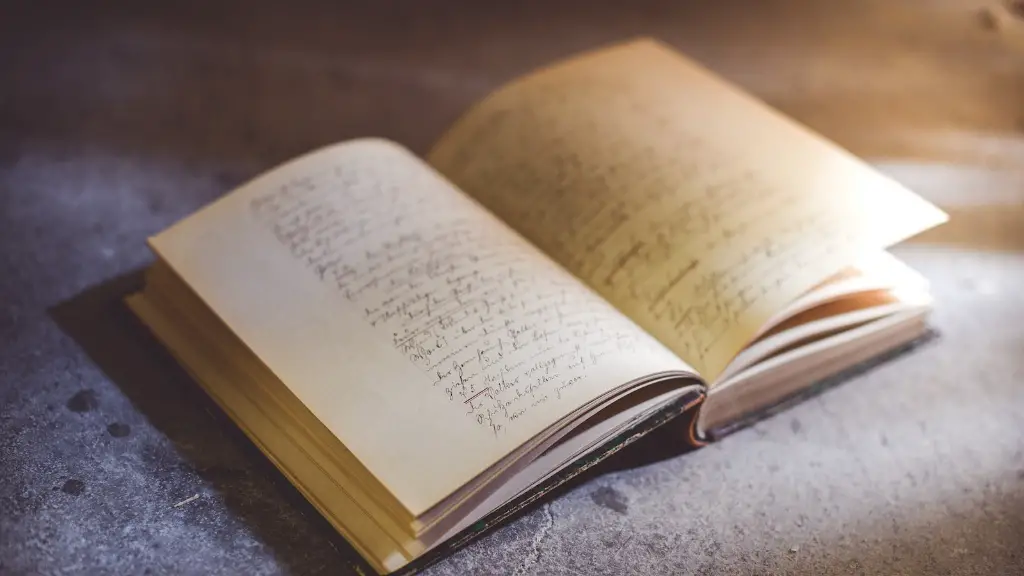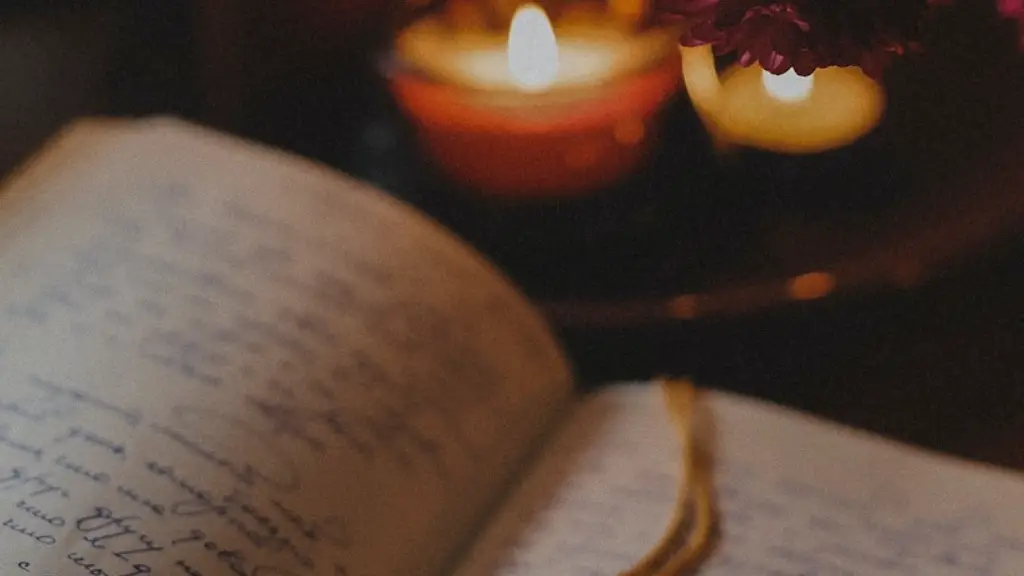William Blake was an english poet and painter from the late 1700s. he is considered to be a key figure in the romantic movement. Blake wrote a number of well-known works, including “songs of innocence and of experience.”
William Blake was a prolific writer of poetry and prose. He is best known for his mystical and apocalyptic poetry, which is characterized by its visionary and symbolic imagery. Blake’s writing was heavily influenced by his own personal experiences and beliefs, as well as by the Bible and other religious texts.
What is the writing style of William Blake?
William Blake’s poetic style is characterized by English Romantic aesthetics, as well as a shift from traditional verse composition to free verse. He is known for his use of personification and sensory language, which create vivid and evocative images. Blake’s style is highly individualistic, and his poems often explore religious and spiritual themes.
Blake was a unique poet who didn’t follow the traditional methods of publishing his work. Instead, he used a special technique that his brother Robert showed him in a vision. This allowed him to draw his poems and their designs onto copper plates, which were then resistant to acid. This made Blake’s work truly one-of-a-kind.
What inspired William Blake to write poetry
One of the most traumatic events of Blake’s life occurred in 1787, when his beloved brother, Robert, died from tuberculosis at age 24 At the moment of Robert’s death, Blake allegedly saw his spirit ascend through the ceiling, joyously; the moment, which entered into Blake’s psyche, greatly influenced his later poetry.
Blake’s poetry is often characterized by a romantic spirit, which can be seen in his focus on imagination, mysticism, and symbolism. Additionally, Blake frequently idealized childhood and nature, which are both common themes in romantic poetry. Finally, his lyricism is another key element of his work that is often associated with romanticism.
What technique did William Blake use?
William Blake’s invention of relief etching, or “Illuminated Printing,” in 1788 made it possible to print both text and images from the same copper plate in an engraver’s rolling press. This allowed Blake to create illustrated poems, a form that was uniquely his own. Blake’s illuminated prints are some of the most beautiful and original works of art in the history of printmaking.
William Blake was a poet and painter who was born in London in 1757. He is an important figure of the Romantic age, which was a time when artists and writers reacted to the massive changes happening in Europe, such as new machinery and big factories making cities much bigger and industrial.
What is the structure of William Blake’s poems?
Blake’s poems have a very simple structure and great use of symbols. His verses are linear and rhythmical, showing a close relationship between sound and meaning. They are characterised by frequent use of repetitions.
William Blake was a British poet, painter, and printmaker. Much of his work is drawn with black ink and if the illustrations include color, Blake uses watercolor over the ink. When Blake illustrates for books, he tries to make sure the characters look the same throughout the book.
What was William Blake influenced by
The topic of gender equality is one that has been debated for many years. There are those who believe that men and women are equal, and should be treated as such. And there are those who believe that there are biological differences between the sexes that make men and women unequal.
The debate over gender equality is unlikely to be resolved any time soon. But it is important to continue to have these conversations so that we can better understand the issue and move closer to a more just and equitable society.
The poet, painter and printmaker William Blake was a seminal figure of the Romantic Movement. Like his peers in the world of Romantic literature – Samuel Taylor Coleridge, Percy Bysshe Shelly – Blake stressed the primacy of individual imagination and inspiration to the creative process, rejecting the Neoclassical emphasis on formal precision which had defined much 18th-century painting and poetry. For Blake, art was a means of access to metaphysical truths, and his work is characterized by an openness to mystical and visionary experience.
What is Blake’s philosophy?
Blake’s ethics are heavily influenced by his belief in the power of the instinctual self. He believed that reason was the originator of morality and religion, and that these institutions served to fragment and oppress the natural self. Accordingly, his ethics sought to liberate the instinctual self and to defeat reason. The ultimate goal of such liberation was to achieve a symbiotic unity between man and the world.
A central theme in Blake’s poetry is that of guardianship. The successful guardian is the adult who listens, who is alert to the voice of innocence and responds appropriately. Blake’s sympathy for the suffering of ordinary men, women and children in the real world was profound.
What techniques does the poet use
There are many different types of poetic techniques that can be used in order to create a beautiful and effective poem. Some of the most popular techniques include alliteration, assonance, anaphora, cacophony, euphony, rhyme, and rhythm. Each of these techniques has its own unique effect on a poem, and can help to create a stunning piece of literature.
In Night, by William Blake, he uses imagery, allusion, and personification to express the tone of peace. The first of these literary devices Blake uses is imagery. Blake’s use of imagery is evident in the second stanza when he writes, “The stars, the moon, / The sun, and the light / Of the day are gone.” Here Blake uses imagery to show the peacefulness of the night. By using the stars, the moon, and the sun, Blake is able to show that the night is a time of peace and serenity. The second literary device that Blake uses is allusion. Blake uses allusion in the third stanza when he writes, “And all the birds / And beasts are at rest.” Here, Blake is alluding to the biblical story of Creation, in which God created the world and then rested on the seventh day. By using this allusion, Blake is able to show that the night is a time of peace and relaxation. The third literary device that Blake uses is personification. Blake uses personification in the fourth stanza when he writes, “The winds are asleep; / The seas are at rest.” Here, Blake is personifying the winds and the seas, making them seem like living
What materials did William Blake use?
Well, that’s interesting. I had no idea that Blake had any experience with oils, but I guess it makes sense given his love of color and light. I wonder if he would have pursued them further if he hadn’t been so successful with watercolors?
Blake was not only a talented poet, but also a gifted artist. His unique illustrations of his own poems made him a standout figure in the Romantic era. His works continue to inspire and resonate with people to this day.
What did William Blake think of slavery
William Blake was a renowned English poet and painter who also created several anti-slavery and pro-abolition images and poems. One of his most famous works, The Little Black Boy, was written in 1788, just a year after the Committee for the Effecting of the Abolition of the Slave Trade was founded. Blake’s work helped to raise awareness of the issue of slavery and the need for its abolition.
The Tyger is a poem by William Blake that was published in 1794 as part of a collection called Songs of Experience. The poem is made up of six quatrains (four-line stanzas) that are rhymed AABB, so that each quatrain consists of two rhyming couplets. Most of the lines are in trochaic tetrameter, which means that they are made up of four trochees (a metrical foot that consists of two stressed syllables followed by two unstressed syllables). This trochaic meter gives the poem a fast, urgent rhythm that mirrors the speaker’s questions about the tiger.
Warp Up
William Blake was a prolific writer and artist who used many different techniques to create his works. He is best known for his use of “illuminated printing,” which allowed him to combine his text and illustrations into a single image. This method of printing was unique to Blake and allowed him to create works that were both visually and spiritually compelling.
In conclusion, William Blake was a very prolific writer and was very well known for his work in the Romantic era. He wrote many poems and songs that are still popular today. He was definitely a controversial figure in his time, but his work has stood the test of time.





